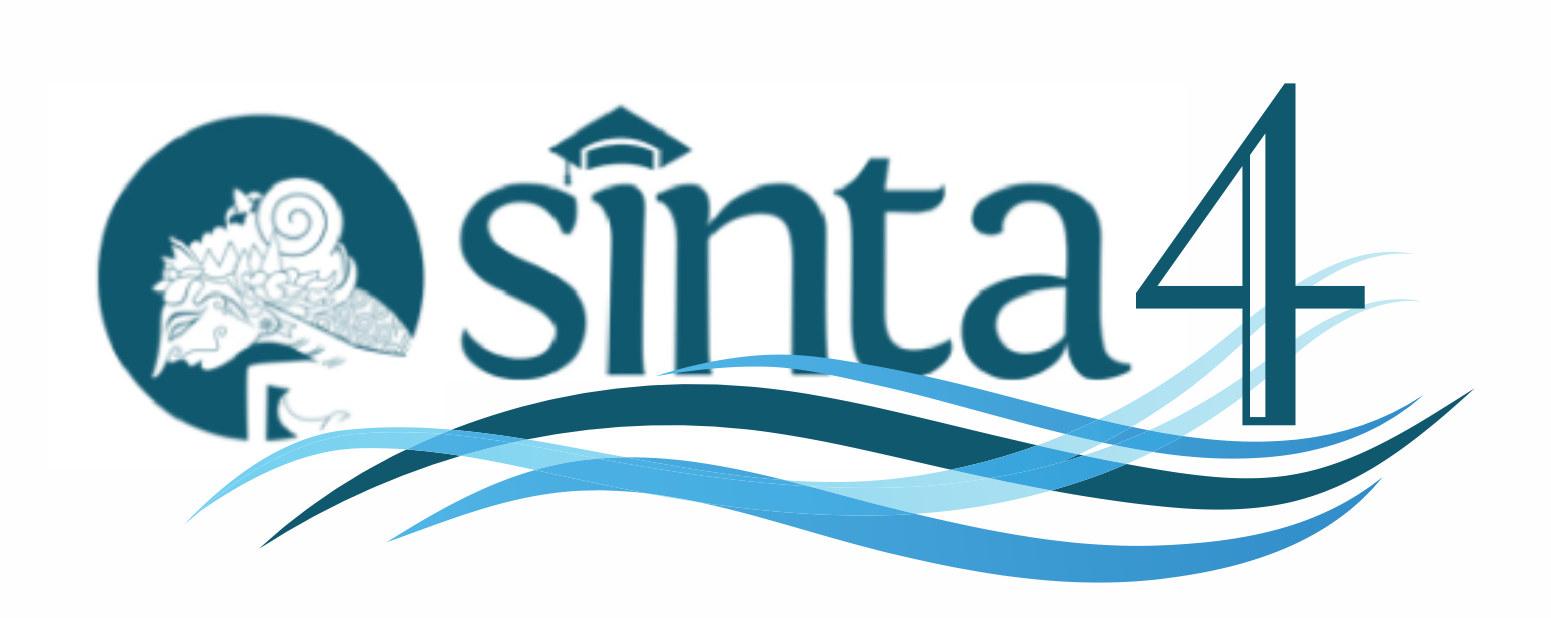Virtual Reality in Biology Learning: Systematic Literature Review (SLR) Recent Trends (2003-2023) and Its Post-Pandemic Implications
Abstract
This study aims to thoroughly describe virtual reality in the biology learning sector in general, the use of VR has been in the spotlight in the last two decades. This study conducted an in-depth bibliometric analysis using the Systematic Literature Review (SLR) method to identify research trends, most frequently researched topics and major contributions in this field based on 24 collected articles indexed by scopus between 2003-2023. We conducted bibliometric analysis using RStudio and VOSviewer. There was the highest increase for virtual reality research in 2021, which is the experience of the corona pandemic in various sectors. The largest average citation was in 2014. Based on the results of the analysis using RStudio and VOSviewer, the keywords virtual reality and biology have been widely carried out and are interrelated with computer programs, but for general biology learning it is still rare so that it can be used as a recommendation for further research gaps. By considering the findings from the bibliometric analysis, this study can provide practical recommendations, summaries and opportunities to find further research gaps. This literature review also underlines how VR research in biology has filled existing knowledge gaps and provided new insights into learning complex biological concepts. Recent studies, especially post-pandemic, have increasingly emphasized the pedagogical effectiveness of VR in improving student engagement, concept understanding, and learning outcomes.
Full Text:
PDFReferences
Akayoglu, S., Satar, H. M., Dikilitas, K., Cirit, N. C., & Korkmazgil, S. (2020). Digital literacy practices of Turkish pre-service EFL teachers. Australasian Journal of Educational Technology, 36(1), 85-97.
Atmojo, I. R. W., & Sajidan (2020). Effectiveness of cel-badis learning model on students' creative-thinking skills: case on the topic of simple food biotechnology. International Journal of Instruction, 13(3), 329-342. https://doi.org/10.29333/iji.2020.13323a
Berlian, M., Salsabilla, D., Diniya, D., Junaidi, K., & Vebrianto, R. (2023). Pengembangan lkpd ipa untuk meningkatkan keterampilan proses sains: Systematic literature review. Sainsmat: Jurnal Ilmiah Ilmu Pengetahuan Alam, 12(2). https://doi.org/10.35580/sainsmat122467322023
Burns, T., Fitzpatick, M., & Lavinson, R. (2016). Trends shaping education 2016. OECD Publishing.
Febrianti, A. E., Wulan, I., Irfan, M., Mutmainna, A. S., Hadi, I. A., Side, S., & Arwadi, F. (2022). Efektivitas penggunaan media liveworksheets dalam model pembelajaran discovery learning terhadap hots (High order thinking skills) siswa smp negeri 6 makassar pada mata pelajaran ipa. Sainsmat: Jurnal Ilmiah Ilmu Pengetahuan Alam, 11(2).
https://doi.org/10.35580/sainsmat112302682022
Heim, M. (2000). Virtual realism. Oxford University Press.
Johnson-Glenberg, M. C. (2018). Immersive VR and education: Embodied design principles that include gesture and hand controls. Frontiers in Robotics and AI, 5, 375272.
Keele, S. (2007). Guidelines for performing systematic literature reviews in software engineering (Vol. 5). Technical report, ver. 2.3 ebse technical report. ebse.
Kemendikbud. (2020). Kementerian pendidikan dan kebudayaan. Retrieved from Kemendikbud website: www.kemdikbud.go.id
Lumenta, D. F. (2021). Penggunaan teknologi virtual reality dalam pendidikan keperawatan jiwa: literature review. Nursing Arts, 15(1), 7-15.
http://dx.doi.org/10.36741/jna.v15i1.136
Musa, F., Mufti, N., Latiff, R. A., & Amin, M. M. (2012). Project-based learning (PjBL): Inculcating soft skills in 21st century workplace. Procedia-Social and Behavioral Sciences, 59, 565-573.
https://doi.org/10.1016/j.sbspro.2012.09.315
Nurzhanova, S., Stambekova, A., Zhaxylikova, K., Tatarinova, G., Aitenova, E., & Zhumabayeva, Z. (2024). Investigation of future teachers' digital literacy and technology use skills. International Journal of Education in Mathematics, Science and Technology, 12(2), 387-405.
Öngören, S. (2021). Investigation of prospective preschool teachers' digital literacy and teacher readiness levels. International Journal of Modern Education Studies, 5(1), 181-204.
Pane, I. Z., Amalia, D. V., Ilhami, A., & Jurusan Tadris, I. P. A. (2022). Trend penelitian ipa berbasis etnosains melayu riau: Sistematic literatur review. Ethnoscience: Systematic Literature Review. XI (2), 173-183. https://doi.org/10.35580/sainsmat112348612022
Prahani, B. K., Saphira, H. V., Wibowo, F. C., Misbah, M., & Sulaeman, N. F. (2022). Trend and Visualization of Virtual Reality & Augmented Reality in Physics Learning from 2002-2021. Journal of Turkish Science Education, 19(4), 1096-1118.
Press, N., Arumugam, P. P., & Ashford-Rowe, K. (2019). Defining digital literacy: A case study of Australian universities. In ASCILITE 2019 Conference Proceedings: 36th International Conference on Innovation, Practice and Research in the use of educational technologies in tertiary education (pp. 255-263). Ascilite-Australasian Society for Computers in
Learning in Tertiary Education.
Reedy, K., & Parker, J. (2018). Digital Literacy Unpacked. Facet.
Rubio-Tamayo, J. L., Gertrudix Barrio, M., & García García, F. (2017). Immersive environments and virtual reality: Systematic review and advances in communication, interaction and simulation. Multimodal technologies and interaction, 1(4), 21.
Tang, C. M., & Chaw, L. Y. (2016). Digital literacy: A prerequisite for effective learning in a blended learning environment?. Electronic Journal of E-learning, 14(1), 54-65.
Thompson, S. A., & Miller, K. L. (2018). Disruptive trends in higher education: Leadership skills for successful leaders. Journal of Professional Nursing, 34(2), 92-96. https://doi.org/10.1016/j.profnurs.2017.11.008
Thuan, H. (2019). Virtual reality technology for campus media information. Jurnal Teknologi Informasi dan Ilmu Komputer (JTIIK), 6(1), 71-76. http://dx.doi.org/10.25126/jtiik.2019611238
Utomo, A. P., Hasanah, L., Hariyadi, S., Narulita, E., & Umamah, N. (2020). The effectiveness of steam-based biotechnology module equipped with flash animation for biology learning in high school. International Journal of Instruction, 13(2), 463-476.
http://dx.doi.org/10.29333/iji.2020.13232a
Yildirim, G., Elban, M., & Yildirim, S. (2018). Analysis of use of virtual reality technologies in history education: A case study. Asian Journal of Education and Training, 4(2), 62-69. http://dx.doi.org/10.20448/journal.522.2018.42.62.69
DOI: http://dx.doi.org/10.20527/jvk.v39i2.19570
Article Metrics
Abstract view : 17 timesPDF - 14 times
Refbacks
- There are currently no refbacks.
Copyright (c) 2024 Vidya Karya
Indexed By

Vidya Karya is licensed under a Creative Commons Attribution-ShareAlike 4.0 International License.







.png)
.jpg)

